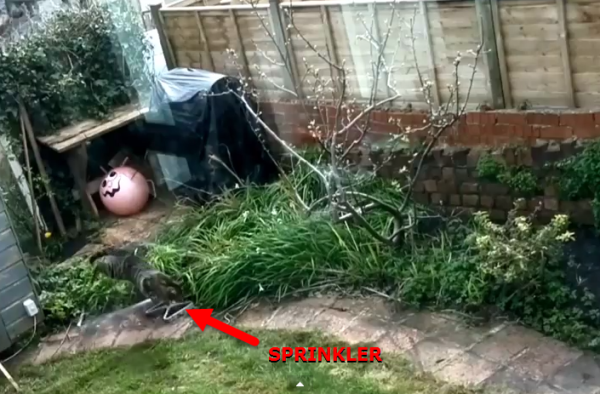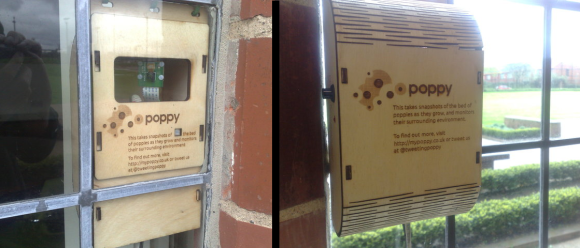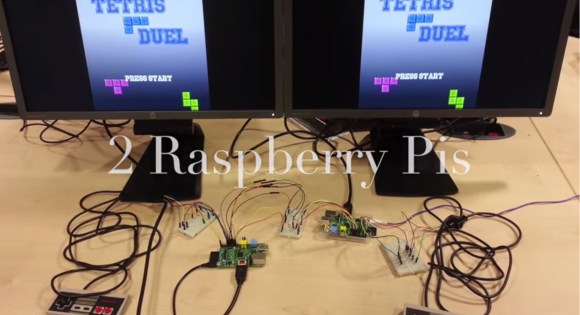Have an extra Raspberry Pi kicking around? Pi MusicBox provides a way to quickly turn it into a standalone streaming device that can fetch music from tons of sources. The latest release of Pi MusicBox adds a bunch of new features.
We took a look at this software over a year ago, and noted that it made streaming Spotify easy, and had support for controlling tracks using Music Player Daemon (MPD). The newest release supports AirPlay, DNLA, Google Music, SoundCloud, and several other music sources.
Since the analog audio output on the Pi isn’t great, Pi MusicBox includes support for a variety of USB sound cards. It’s also possible to use the HDMI port for digital audio output, which can be connected into your home theatre system.
If you want to build a standalone music device, this looks like a great place to start. The user community has built a variety of projects that run this software, which are featured on the Pi MusicBox homepage.





 A box containing sensors is installed in the flower bed. The intent of this project was not to have the Raspberry Pi spit out hard factual data regarding soil moistness, temperature and ambient noise, but to instead take that data from the sensors and send out a story-like narrative that makes the communication feel more personal. To receive these comments from the poppies, you can follow them on Twitter: @tweetingpoppy.
A box containing sensors is installed in the flower bed. The intent of this project was not to have the Raspberry Pi spit out hard factual data regarding soil moistness, temperature and ambient noise, but to instead take that data from the sensors and send out a story-like narrative that makes the communication feel more personal. To receive these comments from the poppies, you can follow them on Twitter: @tweetingpoppy.











